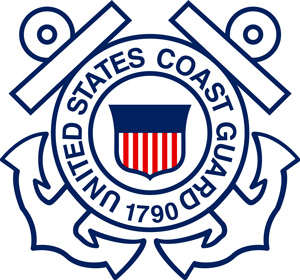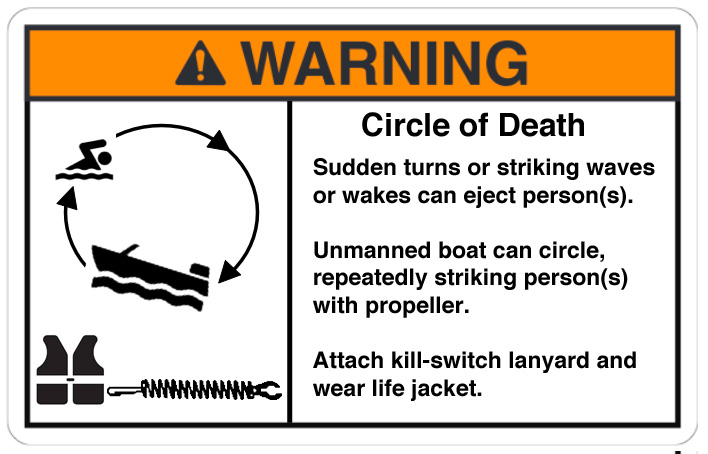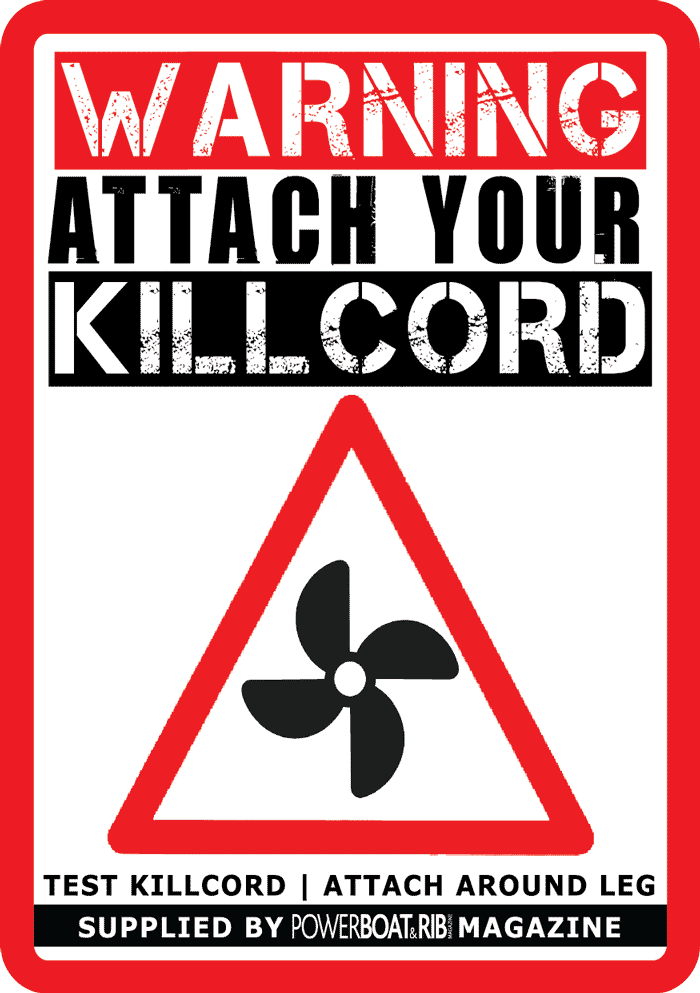Coast Guard to require use of kill switch lanyards

Cabin boats and vessels with less than 115 pounds of thrust are exempted from the regulation.
The bill was part of the Elijah E. Cummings Coast Guard Authorization Act of 2020 that was rolled into the William M. (Mac) Thornberry National Defense Authorization Act for Fiscal Year 2021 (H.R. 6395). The House and Senate voted December 28, 2020 and 1 January 2021 respectively) to overturn the 23 December 2020 Veto of President Trump. President Trump had wanted the bill to include the elimination of protections for social media platforms and increase the $600 stimulus payments in the bill to $2,000.
The actual law was written as an addition to the law passed in December 2018 requiring installation of kill switches on new boats of 26 feet and under.
The new mandatory wear law as passed is below:
The Actual Regulation
SEC. 8316. ENGINE CUT-OFF SWITCHES; USE REQUIREMENT. (a) In General.--Section 4312 of title 46, United States Code, is amended-- (1) by redesignating subsections (b), (c), and (d) as subsections (c), (d), and (e), respectively; and (2) by inserting after subsection (a) the following: ``(b) Use Requirement.-- ``(1) In general.--An individual operating a covered recreational vessel shall use an engine cut-off switch link while operating on plane or above displacement speed. ``(2) Exceptions.--The requirement under paragraph (1) shall not apply if-- ``(A) the main helm of the covered vessel is installed within an enclosed cabin; or ``(B) the vessel does not have an engine cut-off switch and is not required to have one under subsection (a).''. (b) Civil Penalty.--Section 4311 of title 46, United States Code, is amended by-- (1) redesignating subsections (c), (d), (e), (f), and (g) as subsections (d), (e), (f), (g), and (h), respectively; and (2) inserting after subsection (b) the following: ``(c) A person violating section 4312(b) of this title is liable to the United States Government for a civil penalty of not more than-- ``(1) $100 for the first offense; ``(2) $250 for the second offense; and ``(3) $500 for any subsequent offense.''. (c) Effective Date.--The amendments made in subsections (a) and (b) shall take effect 90 days after the date of the enactment of this section, unless the Commandant, prior to the date that is 90 days after the date of the enactment of this section, determines that the use requirement enacted in subsection (a) would not promote recreational boating safety.
When Does the New Law Go into Effect
Our understanding is approximately 90 days after January 1st 2021 which will be in the range of April 1st, 2021.
We anticipate more guidance on the exact date in the future.
Which Waters are Federal Waters
Waters under Federal control are referred to as Federal Waters.
We anticipate more clarification on this specifically as it applies to this law in the future.
It generally applies to waters under Federal control, like offshore waters outside of state claims, National Park lakes, National Forest lakes, U.S. Army Corps of Engineers lakes, etc.
We suspect a list will be issued as to exactly where this law is in effect at a later date.
Meanwhile, here is a list of Federal waters from the Maritime Academy.
Comments on the Action
Several propeller safety advocates have fought for this law for decades. Among them was Marion Irving deCruz of SPIN (Stop Propeller Injuries Now) who passed away a few years back. As for us, we promoted the first law (mandatory installation of kill switches), but have always stayed out of the decision surrounding the second one (mandatory wear). We have long been aware many boaters have very strong feelings against about any regulation they see impacting their freedom on the water, and especially against the requirement to use kill switch lanyards.
Some boaters recently aired their grievances against this law on The Hull Truth, a popular boating forum. At times it was not very pretty. The news was broken there by an official Coast Guard representative that had built up a good relationship there over the last couple years. Lets just say he now has a few battle scars. We PropellerSafety commend the Coast Guard for placing an official representative from USCG District 8 on The Hull Truth where they can directly communicate with boaters on issues, questions, problems, concerns, regulations, and enforcement.
Note the politically correct term for kill switches recently is emergency engine stop switch. Similarly, kill switch lanyards are called safety lanyards or emergency engine stop lanyards.

Statistics we have seen show slight improvements in wear rates in those states, but wear rates are still quite low (still less than 20 percent per data we have seen).
Historically when one of these laws goes into effect, law enforcement enters an education period and may give boaters an entire season to learn of and get used to the new requirement before any tickets/fines are issued. With it being hard to spot whether someone is using a kill switch lanyard or not from a distance, especially with both vessels on the water, one would not expect a lot of citations to be issued.
The Federal Code
Personally we are not thrilled with the law being in the Federal Code. This makes it incredibly more difficult for the Coast Guard to change or modify the law as new technologies emerge and situations change.
Food for Thought
Again, I premise these comments that we have been and remain neutral on mandatory kill switch wear.
Kill switch use is sometimes discussed as being similar to wearing a motorcycle helmet or seat belt use. Many object to those regulations constraining their freedom. It is good to live in a country where people can object to anything they want to. However, we would point out one difference between motorcycle helmet wear and attaching your seat belt vs attaching a kill switch lanyard. Failure to wear a seatbelt or helmet can result in you being more seriously injured or killed, but almost never results in additional injuries or death to someone else.
However, if as a boat operator you are ejected, failure to attach a kill switch lanyard OFTEN results in severe injury or death to others in the vessel with you OR others nearby in the water OR on nearby vessels. When the operator is ejected and the boat goes into the Circle of Death, typically at least some others on board are also ejected. The boat circles repeatedly striking those in the water with the boat propeller. If you had worn the kill switch lanyard, the boat would not have circled (yes, we know that rarely a kill switch does not work, the lanyard can be caught on something, or be ripped from you, but most often, it stops the boat). The same goes for those in the water or in vessels near you. Your decision to not wear a lanyard places them in danger.
Public Service Announcement
U.S Coast Guard released a Public Service Announcement (PSA) reenacting the June 1994 accident on Table Rock Lake in Missouri that maimed Phyllis Kopyto and claimed the lives of her husband Bob Kopytko and of their fishing guide, Paul Brundridge. Phyllis speaks over the reenactment video.
Phyllis Kopytko is well known in propeller safety circles as one of the SPIN (Stop Propeller Injuries Now) ladies, and was among those long fighting for passage of mandatory wear of kill switch lanyards.
We (PropellerSafety) are not saying you should be required to wear a lanyard, we are just suggesting you think about the safety of others around you as you decide to attach your kill switch lanyard or not.
Note in the United Kingdom (U.K.) kill switch lanyards are called kill cords.
Kill Switch Regulation Update
- USCG issued a News Release on their kill switch regulation on 10 March 2021


